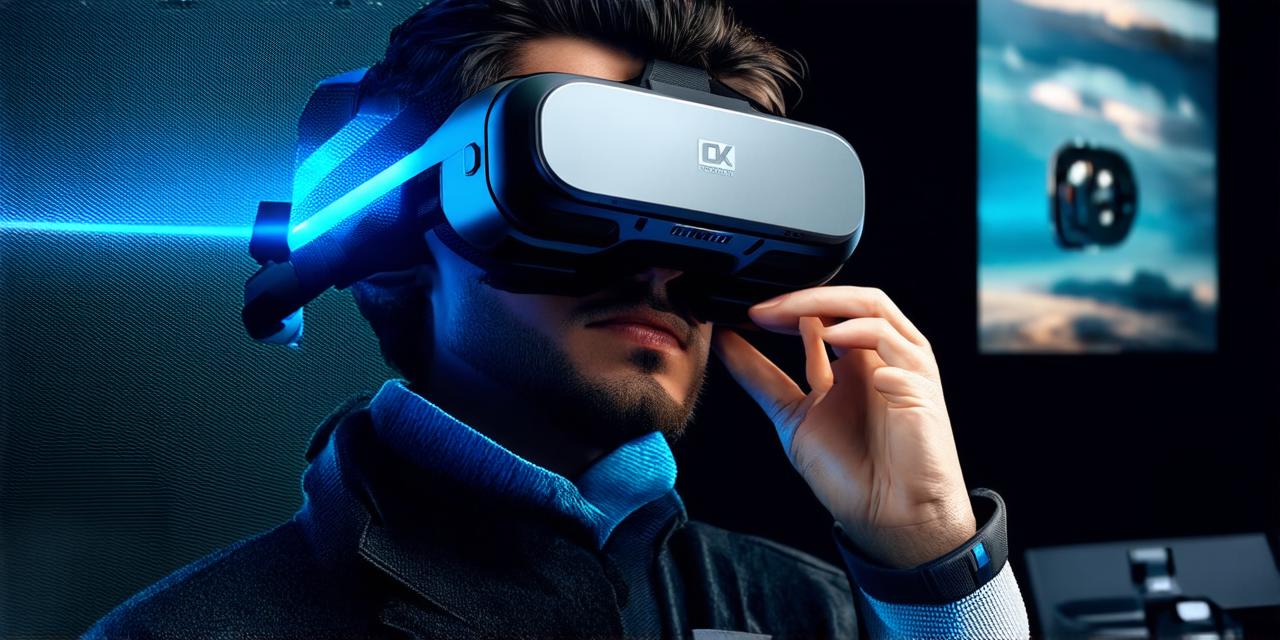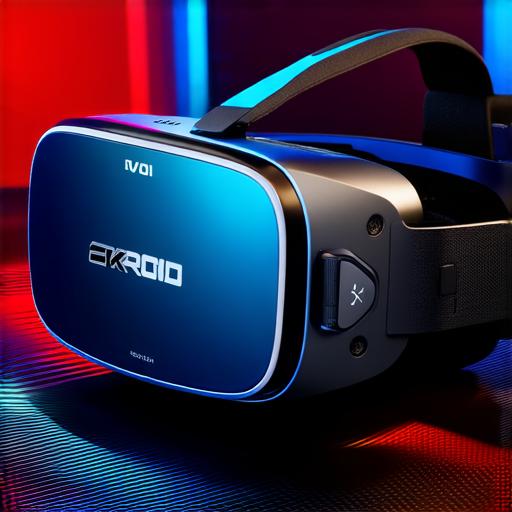
How do virtual reality headsets work?
Virtual reality (VR) headsets are the main component that allows users to enter a simulated environment. These headsets typically consist of two screens, one for each eye, that display stereoscopic images.
Stereoscopic images are created by capturing two slightly different perspectives of the same scene and presenting them to each eye, creating an illusion of depth.
In order to create this illusion, virtual reality headsets must track the user’s movements and adjust the image accordingly. This is done using sensors such as accelerometers, gyroscopes, and magnetometers, which measure the user’s position and orientation in space. By analyzing this data, the VR system can determine where the user is looking and adjust the image accordingly.
Virtual Reality Headsets: Key Components
LCD Screens
The LCD screens in a VR headset display stereoscopic images, which create an illusion of depth. These screens are typically high-resolution and have a wide viewing angle to accommodate the user’s head movement. They may also use specialized technology such as polarized filters or backlighting to enhance the 3D effect.
Sensors
Virtual reality headsets use a variety of sensors to track the user’s movements and orientation. Accelerometers measure the user’s acceleration, while gyroscopes measure the user’s angular velocity. Magnetometers are used to determine the user’s position relative to magnetic north. By analyzing data from these sensors, the VR system can determine where the user is looking and adjust the image accordingly. Some high-end VR systems also use advanced tracking technology, such as optical sensors or inertial measurement units (IMUs), to provide more accurate tracking and reduce the need for sensors on the user’s body.

Processor
The processor in a VR headset handles the complex calculations required to generate the stereoscopic images and track the user’s movements. It also manages communication with other components of the VR system, such as the sensors and display. The processor may also include graphics processing units (GPUs) to improve image quality and rendering performance.
Batteries
Virtual reality headsets are powered by rechargeable batteries, which provide enough energy to power the LCD screens, sensors, and processor for several hours. Some VR headsets may also include optional accessories such as external displays or controllers that require additional power sources.
Comfort and Fit
Virtual reality headsets must be comfortable and securely fitted to the user’s head in order to create an immersive experience. Most VR headsets come with adjustable straps and padding to ensure a good fit. Some high-end VR systems also use advanced tracking technology, such as optical sensors or IMUs, to provide more accurate tracking and reduce the need for sensors on the user’s body. It is important to properly clean and maintain the VR headset to ensure its longevity and functionality.
Virtual Reality Headsets: Applications and Use Cases
Virtual reality headsets have a wide range of applications across various industries, including gaming, healthcare, education, and training. Here are just a few examples of how virtual reality headsets are being used today:
Gaming
Virtual reality headsets have revolutionized the gaming industry, allowing users to immerse themselves in a simulated environment and experience games in a whole new way. From first-person shooters to adventure games, VR has opened up new possibilities for game development and player interaction. Gamers can now explore vast worlds, engage with lifelike characters, and interact with their environment in ways that were previously impossible.
Healthcare
Virtual reality headsets are being used in healthcare to treat a range of conditions, including anxiety disorders, PTSD, and chronic pain. By creating simulated environments that mimic real-world scenarios, VR can help patients overcome fears and phobias, manage pain, and improve mental health.


